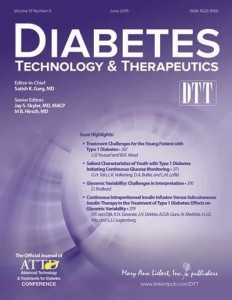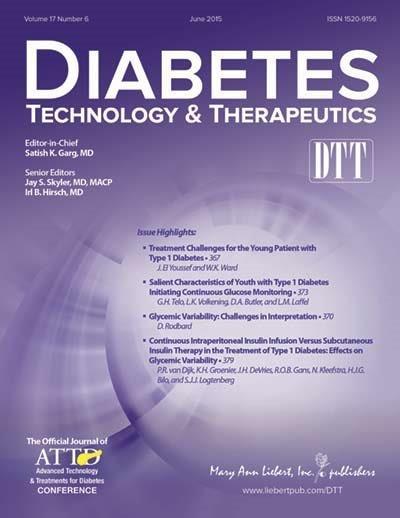The risk of security threats targeting an artificial pancreas is a major concern and has not been sufficiently considered in the research and development of these emerging medical devices. Think of the consequences…

An artificial pancreas, designed for blood glucose control in diabetes, is controlled by software that runs on mobile computing platforms such as laptops, tablets, and smartphones, and operates over wireless networks under local or remote medical supervision.
As optimal function is critical to an individual’s health, safety, and privacy, the risk of security threats targeting an artificial pancreas is of paramount concern and has not been sufficiently considered in the research and development of these emerging medical devices, according to a Perspective article published in Diabetes Technology & Therapeutics (DTT), a peer-reviewed journal from Mary Ann Liebert, Inc., publishers. The article is available free on the DTT website until June 12, 2015.
Yogish C. Kudva, MD and coauthors from Mayo Clinic (Rochester, MN) and University of Virginia (Charlottesville) reviewed the recent studies conducted on artificial pancreas systems and identify security vulnerabilities related to both internal and external factors that could put users at risk.
These include software integrity and the risk of malware such viruses, worms, or spyware, access to personal information, or device manipulation. External concerns may include exposure to electromagnetic fields that could interfere with proper function of the system.
In the article “Cybersecurity in Artificial Pancreas Experiments,” the authors propose the need for a more formal and consistent approach in reporting the technical characteristics and performance of an artificial pancreas during experimental studies. This would encompass the various components of these complex systems, which typically include a continuous glucose monitor, fingerstick blood glucose device, and insulin pump.
Continue Reading Below ↓↓↓
“As the technology keeps advancing, we have to be vigilant about interference with medical devices, especially those that automatically control insulin infusion in the artificial pancreas. Kudva et al. bring out many challenges one faces while making sure the upcoming devices are safe,” says DTT Editor-in-Chief Satish Garg, MD, Professor of Medicine and Pediatrics at the University of Colorado Denver.
Source: Mary Ann Liebert, Inc. / Genetic Engineering News










